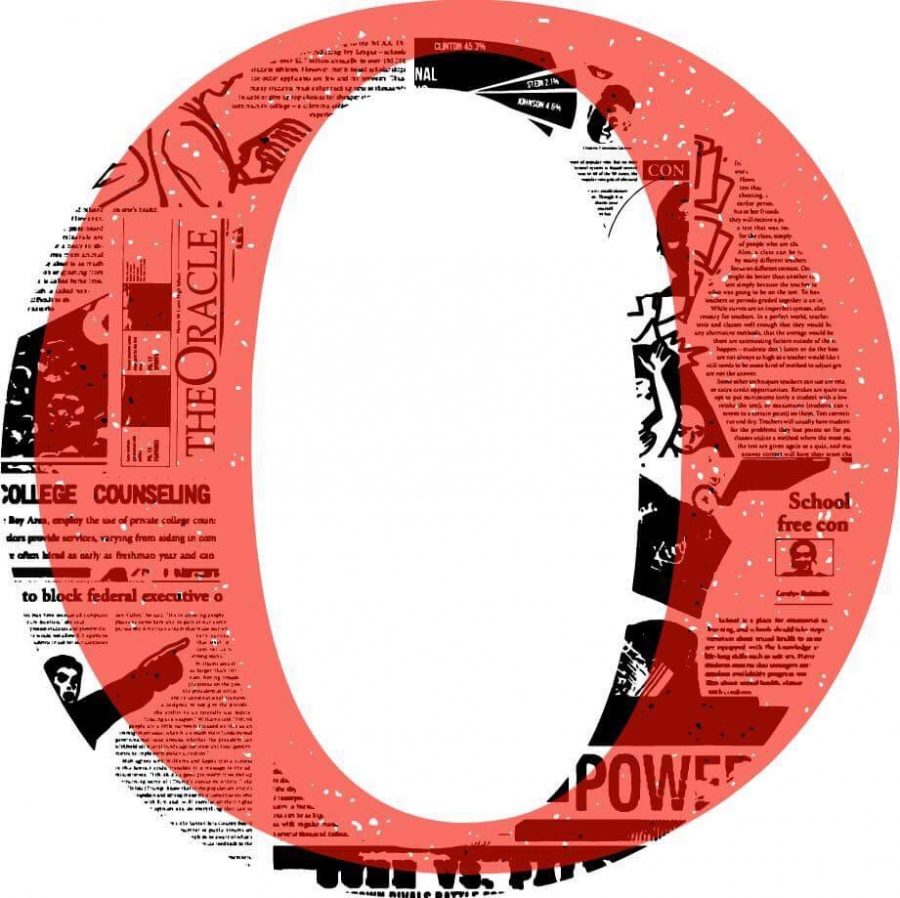Bay area stereotypes promote inaccurate generalizations
For decades, Silicon Valley has been universally recognized as the heart of technology and innovation. The establishment of a booming tech industry has cultivated a culture that has distinguished the South Bay from its surrounding counties and drawn the attention of those around the world. Media coverage and word-of-mouth over the years have slowly but surely built up a strong image of both affluence and intense academic focus.
Following the tech boom of the last century, wealth poured into Silicon Valley, which led to the rise of a very specific lifestyle associated with rich tech executives and the rest of the area as a whole. The common stereotype of bountiful, elite, upper-class suburbs inhabited by liberal engineers with the freedom to frivolously spend money on avocado toast and nitro-blended iced coffee has shaped the world’s perception of Silicon Valley.
For junior Maximilian Goetz, traveling outside of the Bay Area has allowed him to see just how much a stereotype can change someone’s view. “Whenever we travel to someplace outside of Silicon Valley and we say, ‘Okay, we’re from Silicon Valley,’ my dad is always asked if he works in the tech industry or if our family is rich,” he said. “I actually got this question when I was in South Africa, and one of the flight attendants asked me if my family was rich, and I said, ‘Okay, well, our income is higher compared to the rest of the nation, but we also have to spend a lot more money to live in Silicon Valley because rent and mortgage and everything is really high, so I think it all evens out.” This stereotype is further reinforced by the popular HBO show, “Silicon Valley,” in which five young tech hopefuls strive to establish and advance their unique data compression venture in order to strike it rich.
On the flip side of affluence, there is a more infamous facet to the Bay Area. For Palo Alto specifically, the community has seen a multitude of teen suicides in the past decade, which were widely attributed to the intense academic culture of the area. The Atlantic article, “Silicon Valley Suicides,” painted Palo Alto high schools in the same light through student input and interviews. While this article served as a way to bring awareness to the high rates of suicide in Palo Alto schools, it was also a testament to the oversimplified lens through which the rest of the world views Silicon Valley and its youth.
Many students have felt the pressure of performing up to par with their peers, which ultimately brings out a competitive and toxic culture. For example, sophomore Vedha Mahesh has had firsthand experience with the urge to stack Advanced Placement (AP) and honors classes in order to keep up with the students in her grade. “I’m taking a lot of AP classes next year since it’s normal to and everyone does it, but also because I’m interested in these classes,” she said. “It’s hard when all your friends are basically your competition and you have to try to keep up or risk not being able to get into a good college.” Similarly, Goetz acknowledges the prevalence of this culture of competition and perfect grades. “I don’t know what it is, but you still feel pressured, and I recognize that I shine in other places, but the culture promotes the ideal student, and the ideal student at Gunn is someone with a 4.0 GPA, 1600 on SAT or 36 on the ACT,” he said.
Furthermore, as a student attending a high school in Silicon Valley, there’s bound to be pressure to pursue a future a science, technology, engineering and math (STEM) field. A “typical” Bay Area student is one who is skilled in computer science (CS) or who has taken at least a CS class at some point in their academic career. This stereotype is only propelled by the technological focus and high-paying tech jobs of Silicon Valley. However, this characterization is incorrect as the majority of students have a diverse set of interests and many strive to break free of the STEM mold.
While there may be no real way to completely eradicate these stereotypes and high-pressure environments, the community can attempt to alleviate them by being aware of implicit biases, embracing new perspectives of students not partaking in STEM fields and avoiding the spread of a toxic academic culture. For Silicon Valley as a whole, the media can assist by being sensitive to topics that could potentially be harmful to the resident communities.
Your donation will support the student journalists of Henry M. Gunn High School. Your contribution will allow us to purchase equipment and cover our annual website hosting costs.


